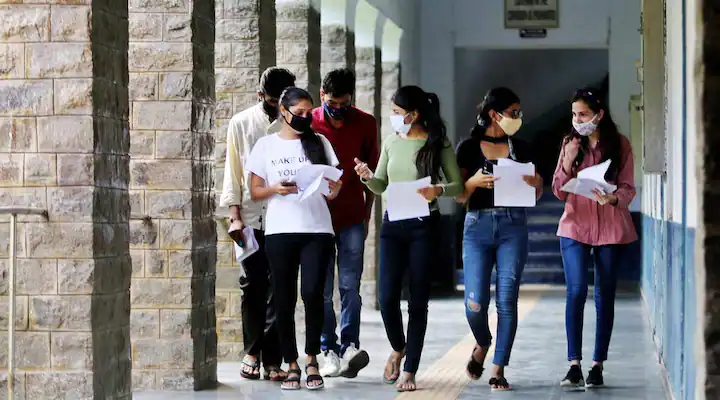India is home to several rivers and waterways, making bridges on water a crucial part of the country’s infrastructure development. These bridges serve as important transportation links between different regions, connecting communities and facilitating economic growth. In recent years, the Indian government has undertaken several projects to construct bridges on water, improving connectivity and accessibility for the people.
One of the most significant bridge projects on water in India is the Bandra-Worli Sea Link. Completed in 2009, this eight-lane cable-stayed bridge spans 5.6 kilometers over the Arabian Sea, connecting the western suburbs of Mumbai with the city center. The bridge was designed to ease traffic congestion and reduce travel time between the two areas. It has not only improved connectivity and reduced travel time but has also become an iconic landmark in Mumbai.
Another notable project is the Mahatma Gandhi Setu, which spans the Ganges River in the state of Bihar. It is one of the longest river bridges in India, stretching over 5.7 kilometers. The bridge was constructed in 1982 and connects the capital city of Patna with north Bihar. The bridge has not only improved connectivity but has also brought significant economic benefits to the region by facilitating trade and commerce.
In addition to these, the Indian government has initiated several other projects to construct bridges on water across the country. For example, the construction of a 6.5 km bridge across the Chenab River in the state of Jammu and Kashmir is underway. Once completed, it will be the highest railway bridge in the world, connecting the Kashmir Valley with the rest of India.
The construction of bridges on water requires specialized engineering and construction techniques. The design and construction of such bridges must take into account several factors such as water flow, tidal currents, and the potential for corrosion from saltwater. The construction of such projects is also subject to environmental regulations, as they can have a significant impact on the surrounding ecosystem. As a result, the construction of bridges on water can be a complex and time-consuming process.
Despite these challenges, the construction of bridges on water in India is critical for the country’s economic growth and development. These bridges not only improve connectivity but also facilitate trade and commerce, which can lead to job creation and economic growth. They also bring significant benefits to the surrounding communities by providing better access to essential services such as healthcare and education.
However, the construction of bridges on water requires significant investment, and funding can be a challenge. The Indian government has been taking steps to attract private investment and foreign capital to fund infrastructure development projects. The government has also initiated several public-private partnership (PPP) models to accelerate infrastructure development, including the construction of bridges on water.
In conclusion, the construction of bridges on water in India is crucial for the country’s infrastructure development and economic growth. These bridges improve connectivity, facilitate trade and commerce, and bring significant benefits to the surrounding communities. The Indian government’s focus on infrastructure development, including the construction of bridges on water, is a positive step towards realizing the country’s economic potential.










